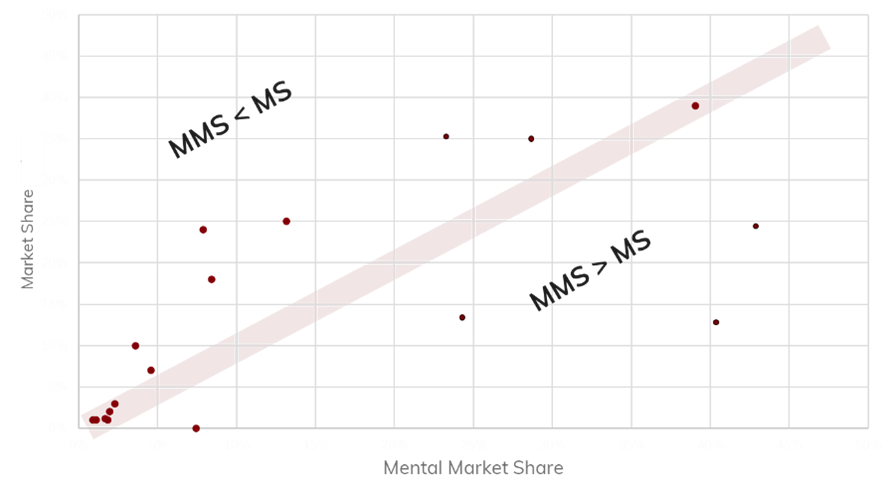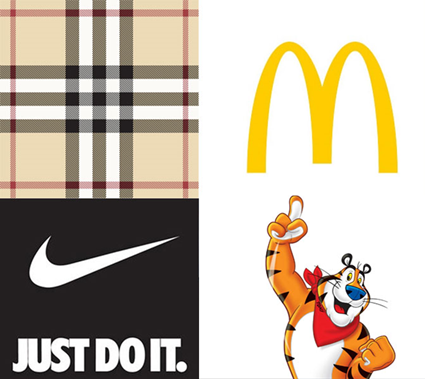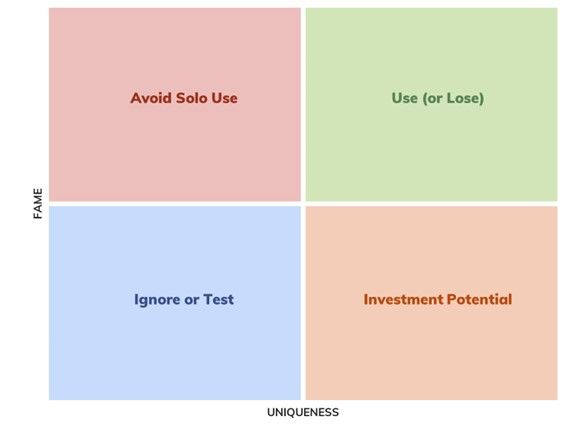GLOCALITIES’ APPROACH TO GROWING BRANDS
Combining values insights with Sharp and Romaniuk
If you’re a fan of ‘’How Brands Grow’’ by Byron Sharp and Jenni Romaniuk Glocalities offers two research tools you don’t want to miss: Category Entry Points and Distinctive Brand Assets.
In this article, we'll dissect what these two methodologies entail and the added value they offer. At Glocalities, we offer additional insights on how to enhance the persuasiveness of your marketing strategies and brand’s storytelling through a deep understanding of consumer values and cultural differences.
Category Entry Points
Category Entry Points (CEPs) research offers valuable insights into the moments at which category buyers consider the category products that later result in purchase. Those moments can be classified by Sharp into Who / What / Where / When / Why / How (e.g. I think about this drink category when I’m driving back from work, when I’m hanging out with my parents etc.).
Once you've compiled a list of CEPs, it's crucial to gauge the associations that consumers form between these entry points and your brand, as well as those of your competitors.
Based on the above you will learn the following:

- The extent to which your brand occupies consumers’ mental space in the category (how much it comes up in all of the links made) (Mental Market Share)
- How many category users think of your brand at all (Market Penetration)
- The number of CEPs your brand is being linked with compared to competitors (Network Size)
Comparing the Market Share to the Mental Market Share provides crystal clear insights and strategies for growing your brand:
- If Mental Market Share exceeds Market Share:
- Your brand may excel in Mental Availability, yet this may not necessarily translate into sales. This could indicate issues with Physical Availability—consider examining distribution, conversion rates, or product range.
- If Mental Market Share lags behind Market Share:
- Your brand might be underperforming in terms of Mental Availability, heavily relying on Physical Availability instead. Evaluate whether your communication strategies emphasize reach, clear branding, and messaging.

Jenni Romaniuk (2023): Better Brand Health, p.93
Once you’ve identified the Category Entry Points that you want to grow in to capture the category better, we help you delve into the values set associated with those moments (based on consumers that experience those moments more frequently). Incorporating these insights helps bolster the persuasiveness of your marketing efforts and enhance your brand's mindshare among category buyers.
Furthermore, the prevalence of different moments and your brand’s performance differs between markets. Cultural differences can be profound and Glocalities offers unique country-specific values-based insights based on our worldwide research program. For example, Eastern and Western Europe share different attitudes and behaviours towards, for instance, food: big sections of Hungarian society believe that not cooking a meal from scratch (using pre-cut, pre-cooked products) is a sign of negligence towards the family, whereas Western Europeans are a lot more open for outside help to make a fresh meal and give them extra time to work on different aspects of themselves. Such different attitudes within a category will have an impact on which category entry points are more prevalent in different markets and for what reasons.
Different values can be the basis behind the same category entry point for different cultures. For example, ‘wanting to impress the guests’ can be rooted in the explorative value of new cuisines and tastes, or in time and effort spent on the meal, or on aesthetic presentation, on the appearance of home-made food or on an appearance of ‘just like by a professional chef’ delivery, on the ability to have joy with a modest meal, etc.
With these insights, the strategy and the storytelling can be further enhanced and localized by incorporating cultural differences (and sometimes more importantly cultural similarities) into your storytelling and communications.
Distinctive Brand Assets
The second research tool that we offer is looking at Distinctive Brand Assets. Distinctive Brand Assets (DBAs) research evaluates the recognizability and associations of your brand's assets compared to competitors'. These assets encompass elements such as logo, colour palette, jingle, mascot, packaging, voice, photography style, tagline, and more.

Our research into DBAs reveals which assets are most recognizable, which are prone to confusion with competitor brands, and your brand’s positioning relative to competitors.
Which assets should you prioritize? Which assets risk being misattributed to competitors? Which assets contribute least to your brand's recognizability? Which assets require greater emphasis? These insights are valuable for finetuning your growth strategy.

Jenni Romaniuk’s distinctive assets grid
Again, the prevailed assets might differ per country due to cultural differences that are important to keep in mind for communications. Since brand assets are a form of storytelling (whether we are talking about a tagline, a character, a logo or even a colour scheme), different people will find certain assets more appealing and recognizable. For example, Nike taps into the archetype of the Hero throughout its brand key. Certain archetypes (like the Rebel) will not have the same resonance in Asian markets as they do in Western markets. It is important to be mindful of why certain brand assets are less successful than others and if there is a misalignment in values with consumers. In the short moments that a brand has to capture consumers’ attention, it is important to tell the story in the most captivating and cohesive way, keeping consumer’s perceptions and values (the root of all their opinions) at the centre.
At Glocalities we incorporate these insights into our brand growth research, combining the strength of the approach of Byron Sharp and Jenni Romaniuk with values-based insights for marketing, communications and storytelling.
Below this article, you find an overview of the Glocalities database and tools that we use for elevating your communications and storytelling.
For more information on how we can assist you with research on Category Entry Points and distinctive brand assets and how to grow your brand in the consumers’ minds across markets, please contact Mash Muravina ().


